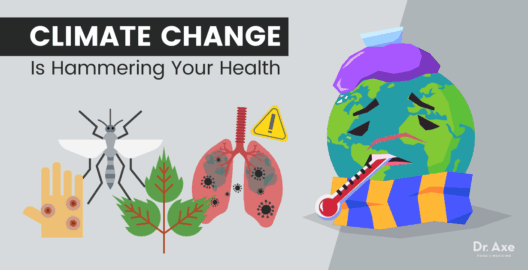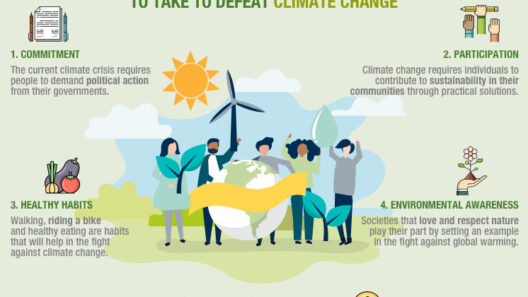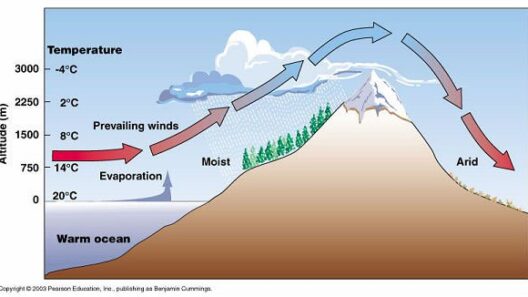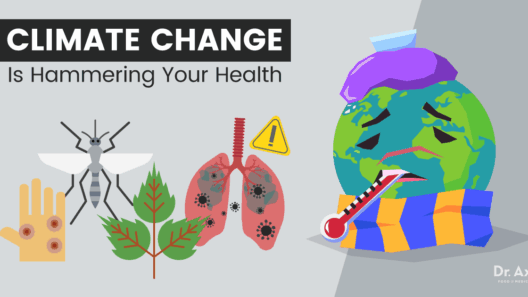The Paris Climate Treaty, formally known as the Paris Agreement, represents a monumental global commitment toward combating climate change. Established during the 21st Conference of the Parties (COP21) in December 2015, this accord was lauded as a watershed moment in international environmental policy. However, beneath the surface of celebratory headlines, lies a complex tapestry of negotiations, national interests, and varying interpretations of responsibility and capability regarding climate action.
At its core, the Paris Agreement aims to limit global warming to well below 2 degrees Celsius above pre-industrial levels, while pursuing efforts to cap temperature rise at 1.5 degrees Celsius. This ambitious goal stems from the scientifically established risks associated with rising temperatures, including extreme weather events, ocean acidification, and biodiversity loss. The accord was crafted through a consensus approach, garnering support from nearly every nation, marking a significant shift in global climate mobilization.
The negotiation process was steeped in a series of contentious discussions. The prelude to the treaty began with the Kyoto Protocol in 1997, which, although groundbreaking, faced criticism for its failures. Major developing nations like China and India were not bound by the same emissions reduction targets as developed nations, leading to substantial disparities. This precedent shaped the contours of the Paris Agreement, emphasizing inclusion rather than exclusion in the fight against climate change.
One standout feature of the Paris Agreement is its bottom-up approach, known as Nationally Determined Contributions (NDCs). Each country is required to set its own emission reduction targets, reflecting its unique circumstances and capabilities. This flexibility was pivotal in garnering participation from a broad array of nations, as it allowed developing nations to set less stringent targets while still striving for accountability. Critics, however, argue that without firm commitments, the agreement risks becoming merely aspirational rather than actionable.
Moreover, the inclusion of mechanisms such as the “ratchet mechanism,” which encourages nations to progressively enhance their commitments over time, aims to foster a culture of continuous improvement in climate policies. This creates a dynamic framework where governments are held accountable, not just internationally but also within their own jurisdictions. Public opinion plays a crucial role here, with citizens increasingly demanding governmental action against climate change, thereby pressuring their leaders to adhere to NDCs.
In the negotiation room, the interests at play were rife with tension. Developed countries, particularly the United States and members of the European Union, advocated for stringent measures, while developing nations sought financial assistance for their transition to greener economies. Thus, financial mechanisms became a cornerstone of the treaty. The commitment by developed nations to deliver $100 billion annually by 2020 to support climate action in the Global South epitomizes the delicate balance of equity and responsibility that the agreement strives to achieve.
The Paris Agreement also mandated a global stocktake every five years, intended to assess countries’ progress toward their commitments. This collective evaluation introduces a system of transparency and peer pressure, fostering a culture of accountability. However, while the framework for oversight appears robust, the challenge remains in how nations implement and report their progress. Historical patterns of non-compliance lead to skepticism regarding enforcement.
Transitioning from negotiation to implementation has not been without its challenges. The announcement in 2017 by the then President of the United States to withdraw from the agreement sent shockwaves through the international community. This unilateral decision brought to light the fragile nature of global agreements and underscored the necessity for comprehensive, multilateral dialogue that transcends political administrations. The ensuing diplomatic fallout sparked debates about effectiveness and reliance on collective action in addressing a truly global crisis.
Public perceptions and scientific consensus play pivotal roles in shaping the discourse surrounding the Paris Agreement. For many, the deal symbolizes hope and a united front against climate change. Environmental justice advocates highlight it as an opportunity for marginalized communities to voice their concerns in climate discussions. Conversely, skeptics deem it insufficient. They argue that voluntary measures and the lack of binding targets may lead to inadequate action in the face of an escalating climate crisis.
Beyond official narratives, grassroots movements have gained momentum, advocating for more stringent measures and better accountability from governments. Figures such as Greta Thunberg, through her activism, have inspired millions, accentuating the divide between political discourse and public urgency. This societal push urges governments to recognize their obligations under the Paris Agreement and evolve their commitments in line with the latest climate science.
In the realm of international relations, the Paris Agreement has spurred bilateral and multilateral cooperation on climate action. Countries such as China and the European Union have sought partnerships to enhance technological exchanges and reduce emissions. Collaborative efforts aimed at renewable energy development, such as solar and wind power, exemplify a shift towards a low-carbon future. Notably, innovation and technology transfer have become essential components of the conversation, as nations grapple with mitigating climate impacts while pursuing economic growth.
In conclusion, the Paris Climate Treaty embodies not only a framework for global climate action but also a reflection of humanity’s collective hopes and a testament to our pressing global challenges. While it lays a foundation through which nations can negotiate on emissions reduction, the effectiveness of the Agreement ultimately hinges on the sincerity with which countries implement their commitments. As the impacts of climate change become increasingly evident, the true measure of the Paris Agreement’s success will be determined by its capacity to foster substantial, actionable progress towards a sustainable, environmentally friendly future.






